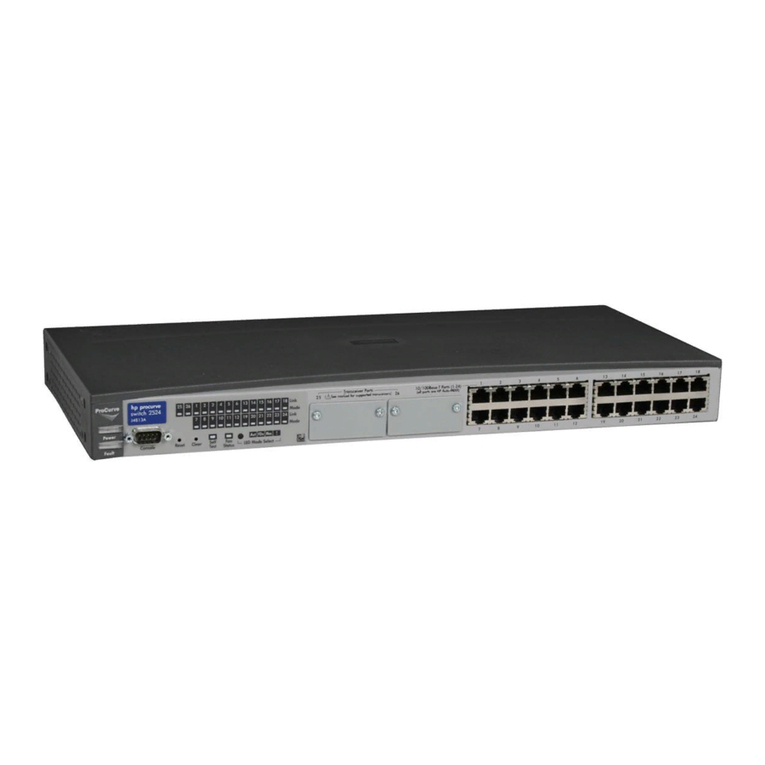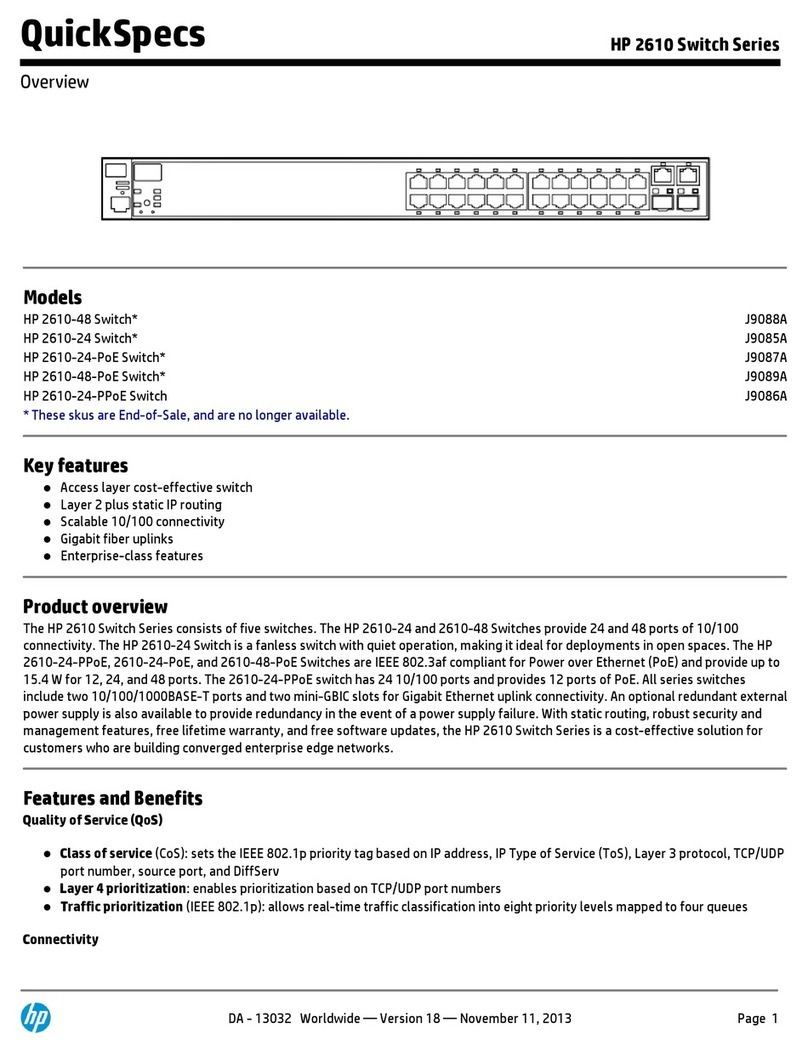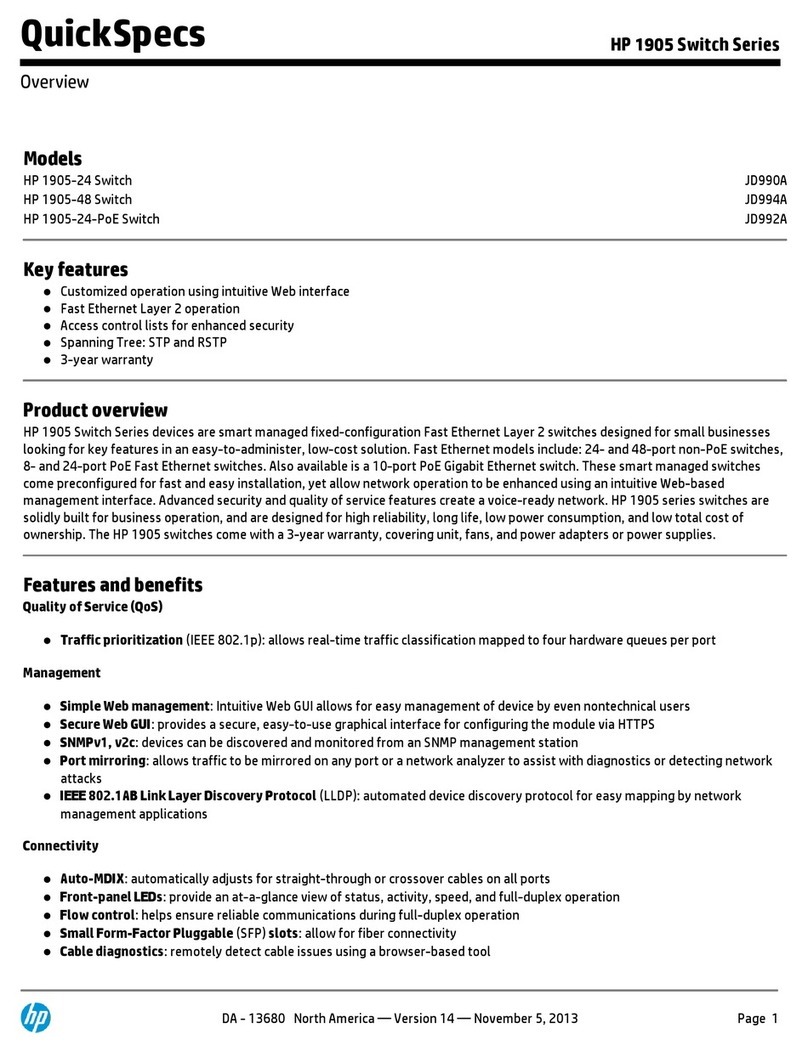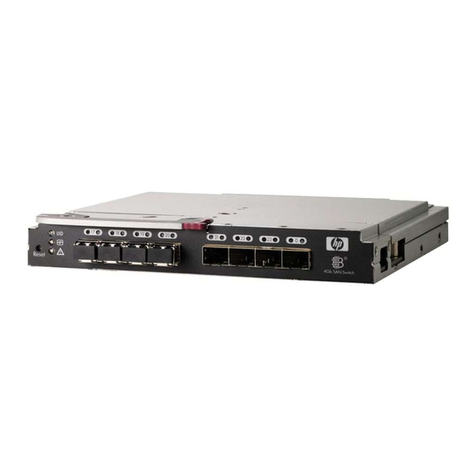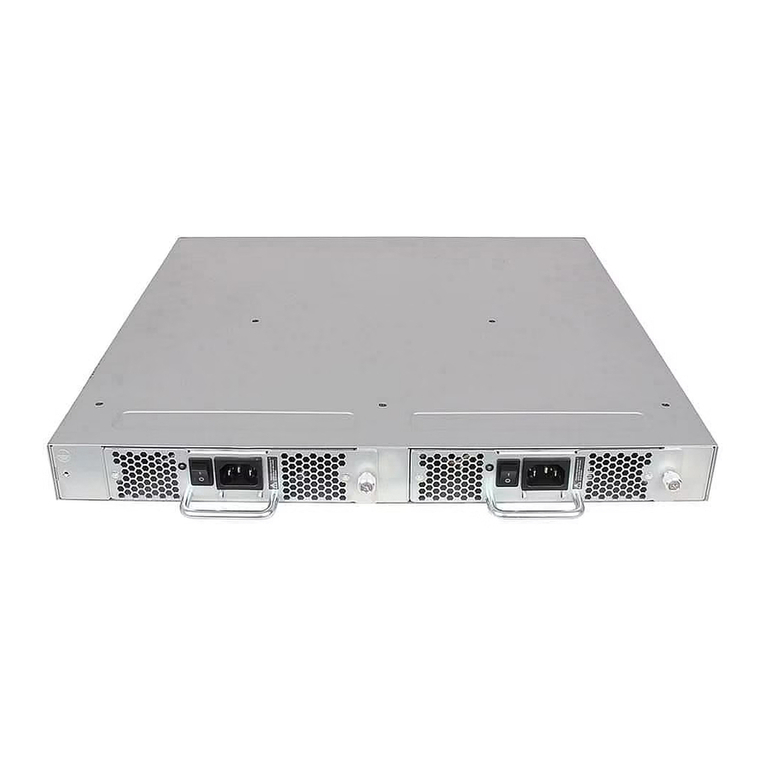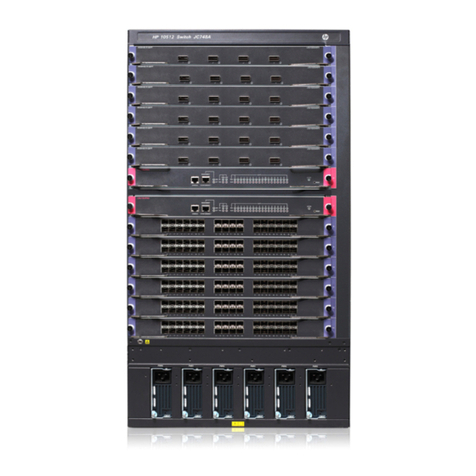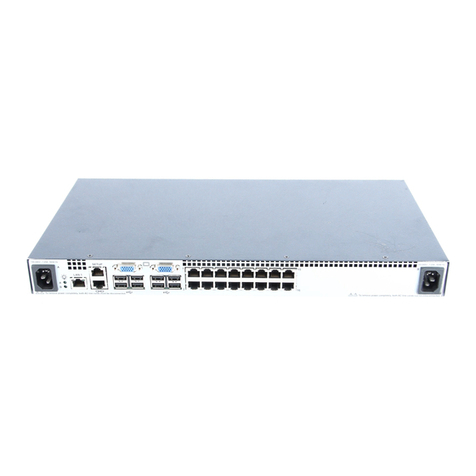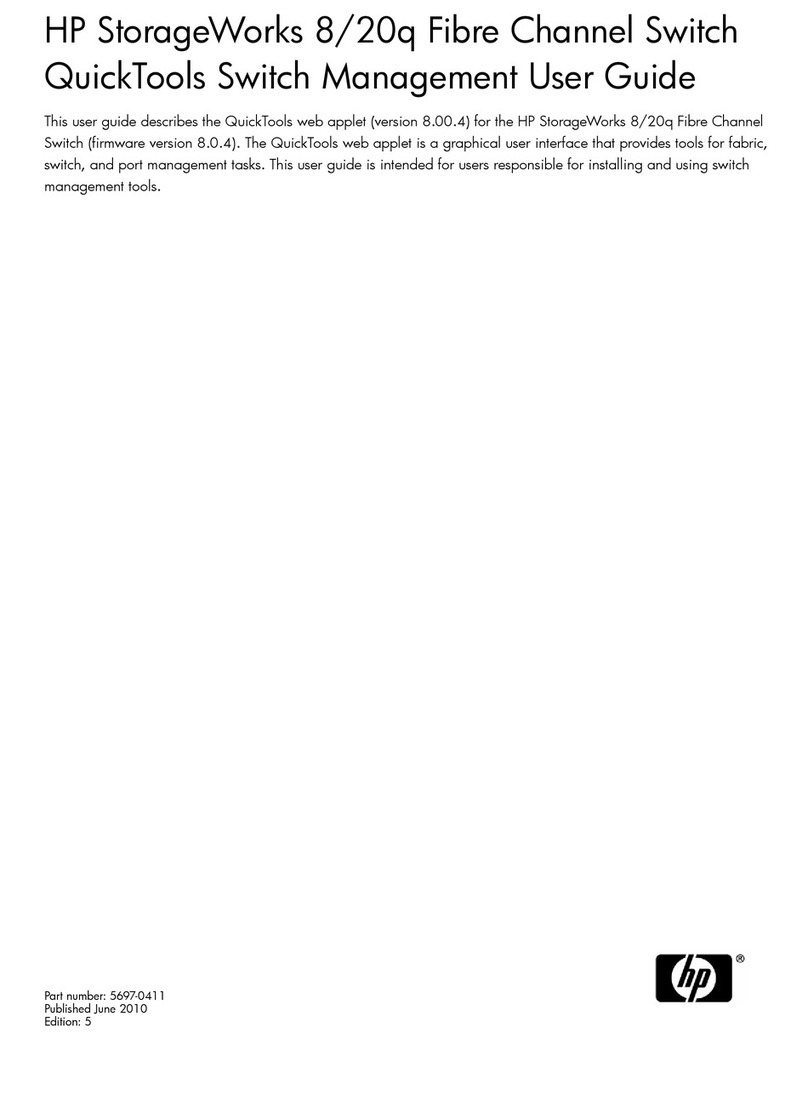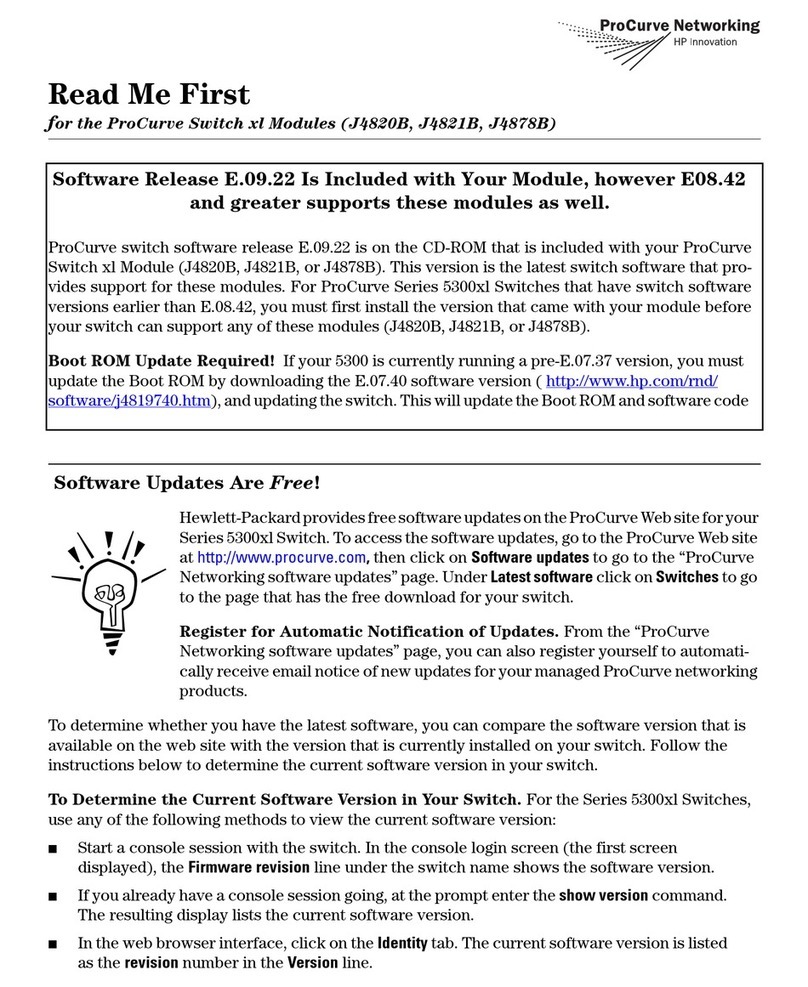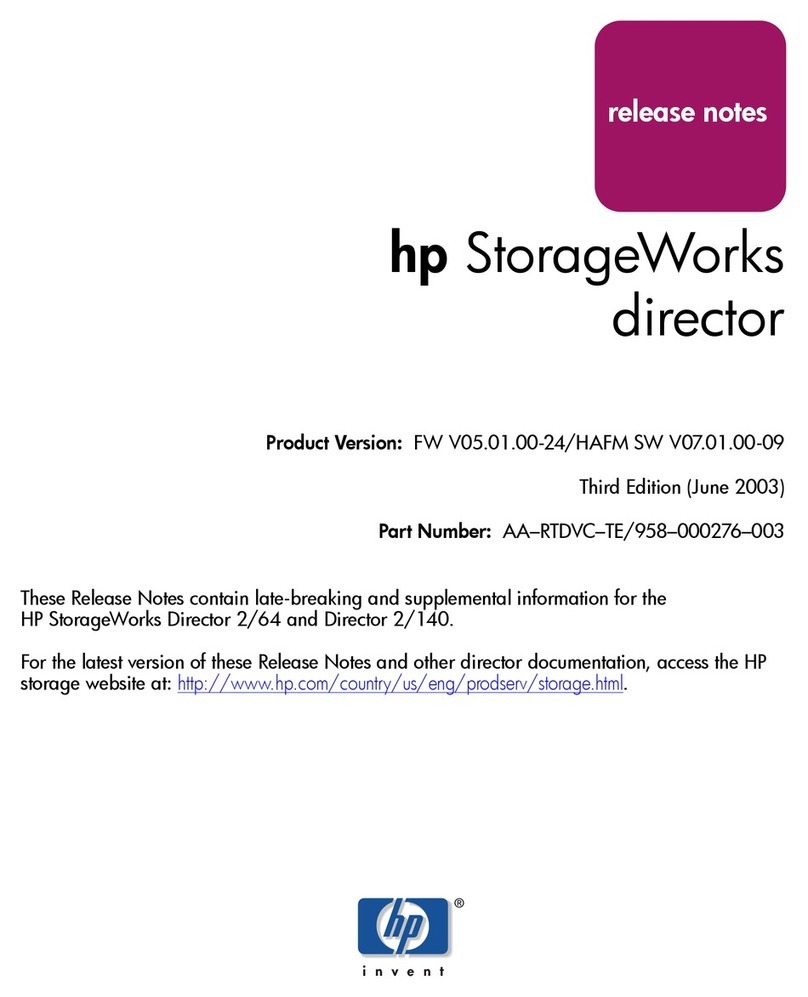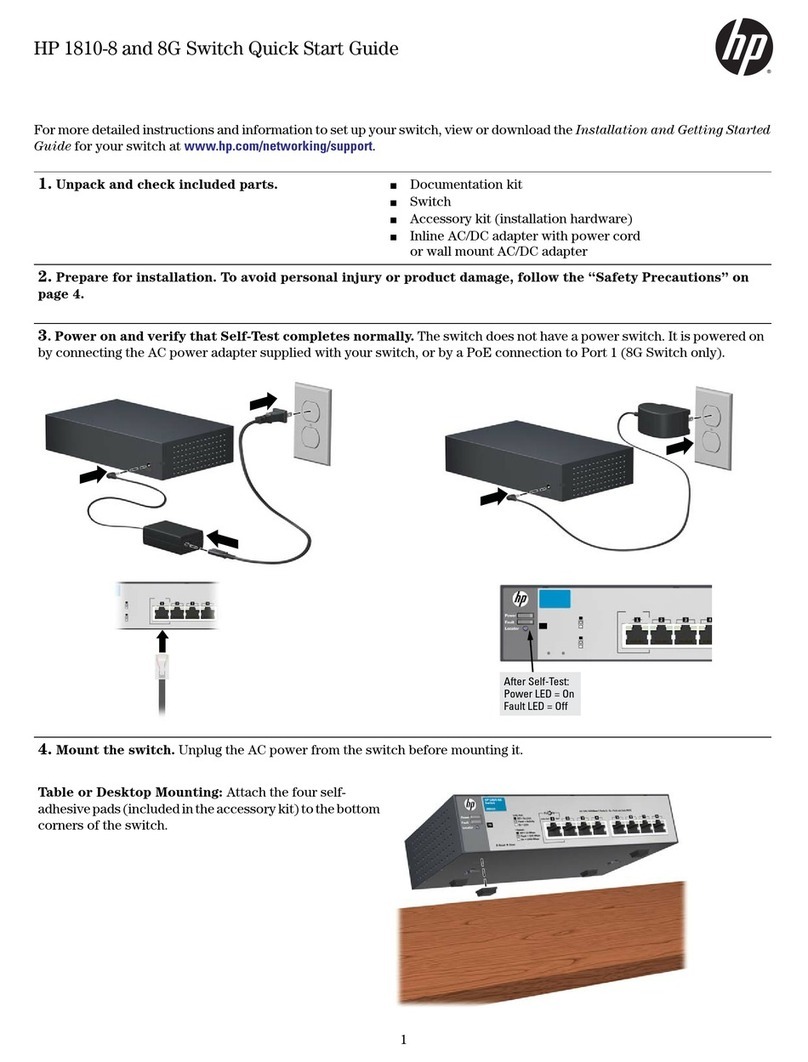i
Contents
MCE configuration commands···································································································································· 1
description·································································································································································1
display bgp group ipv4 vpn-instance·····················································································································1
display bgp peer ipv4 vpn-instance ·······················································································································3
display ip vpn-instance ············································································································································5
domain-id ··································································································································································6
export route-policy····················································································································································7
ext-community-type ···················································································································································8
import route-policy····················································································································································9
ip binding vpn-instance········································································································································· 10
ip vpn-instance······················································································································································· 11
ipv4-family······························································································································································ 11
route-distinguisher·················································································································································· 12
route-tag ································································································································································· 13
routing-table limit ··················································································································································· 14
vpn-instance-capability simple······························································································································ 15
vpn-target································································································································································ 15
IPv6 MCE configuration commands ·························································································································17
display bgp group ipv6 vpn-instance·················································································································· 17
display bgp peer ipv6 vpn-instance ···················································································································· 19
ipv6-family······························································································································································ 21
Support and other resources ·····································································································································23
Contacting HP ································································································································································ 23
Subscription service ·············································································································································· 23
Related information························································································································································ 23
Documents······························································································································································ 23
Websites································································································································································· 23
Conventions ···································································································································································· 24
Index ···········································································································································································26
